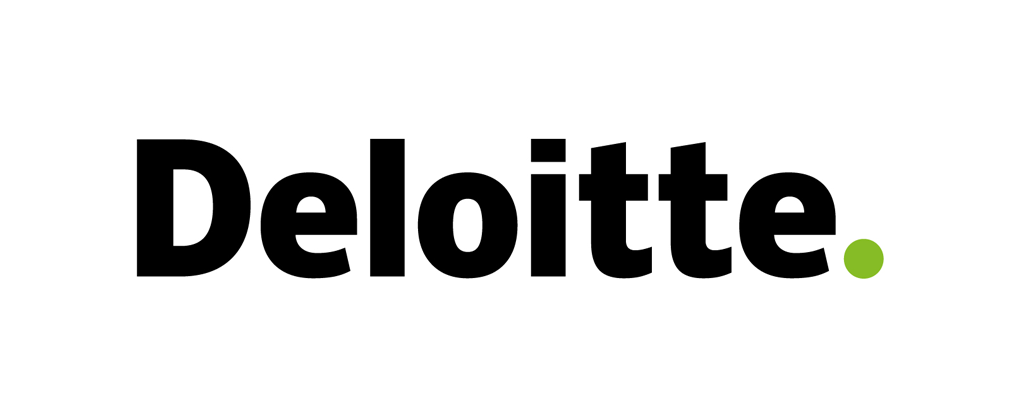
Fintech Acquisitions: A Different Adventure
Brought to you by Deloitte & Touche LLP

Legacy financial institutions considering financial technology company acquisitions face an interesting dilemma: How to best structure the purchase and integration of these companies in a way that enables their growth, while effectively managing their inherent risks?
In recent years, fintechs have emerged as an attractive growth alternative in an otherwise slow-growth environment. The combination of native digital products, nimble operating model and customer-oriented mindset has not only caught the eye of early adopters and tech-savvy millennial workers; it has also attracted attention from private equity and established financial institutions looking for investments in high growth areas.
Two primary, yet opposing, strategies of integrating and harnessing innovative fintech are emerging in the marketplace: aggressive assimilation versus preserve and retain. The former is a capability-driven strategy where established banks acquire and integrate new products, channels or capabilities to their existing business portfolio to fill a gap and/or prepare for a potential market shift. The latter adheres more closely to a holding-company model, where the acquiring institution builds a portfolio of companies that stand on the strength of their respective business cases while leveraging the parent company’s scope and scale.
Despite their relatively small size, fintech startups may be built on business models and technology platforms that are unfamiliar to legacy banks. As such, they typically present a complexity that merits significant investment in appropriate due diligence of the target’s financials, commercial business strategy, risk practices and regulatory compliance, operations, technology and human resources. Potential bank acquirers will want to double down on due diligence in four primary areas of focus:
1. Product, Product, Product
An in-depth understanding of their target’s complete product life cycle, and where in that life cycle products currently are, is paramount. This not only allows acquirers to better assign a value to the products and commercial business practices they are seeking to integrate, but also more accurately forecasts the resources needed to support the acquired products post-integration, so that they do not “get lost in the crowd” in a much larger institution.
2. Engaging and Retaining Talent
Talent is often a primary value driver in a fintech acquisition. Many employees at the target may have joined because they believed they would reshape an industry, and now may be joining the very firms they were trying to disrupt – through no decision of their own. Beyond this change in mission, buyers should also address potentially radical differences in office culture and work environment, compensation and attitude toward rules, risk and regulation.
3. Operating Model Friction
This culture shock can also pose new challenges operationally. Fintechs and their employees may be accustomed to greater freedom around their technology (such as Bring Your Own Device policies, use of public cloud storage, emphasis on remote working, open source code) than may be customary in traditional financial institutions. Integrating new employees into a more controlled environment, one heavily governed by regulation and security policies, can pose a serious roadblock to productivity.
4. Ringfence Revenue
In any transaction undertaken to drive growth, it is important not to lose sight of what the major drivers of revenue are and assess whether they are at risk. This is especially true in the case of a traditional financial institution seeking to expand its reach through an acquisition of a startup. Early stage companies are often single-minded in their drive for growth as a necessity. Integration into a larger organization may dull that edge as time and resources are pulled away from market-facing actions to activities such as building compliance specs. Ringfencing revenue drivers can help the teams maintain their focus on revenue even as they integrate.
The Acquirer’s Dilemma: Creating the Right Environment
For banks looking to harness the disruptive power that fintechs bring to the market, it is clear the very factors that differentiate these acquisitions from traditional transactions are often what have allowed these fintech companies to be successful. The success or failure of a legacy firm’s M&A approach to fintech acquisition hinges on operational transformation that creates an environment where newly acquired fintech companies can continue innovating with as little friction as possible. Barring this, it may be better to follow a holding-company strategy, and allow each acquired company to continue along its own path to growth.
Deloitte refers to one or more of Deloitte Touche Tohmatsu Limited a UK private company limited by guarantee (“DTTL”), its network of member firms, and their related entities. DTTL and each of its member firms are legally separate and independent entities. DTTL (also referred to as “Deloitte Global”) does not provide services to clients. In the United States, Deloitte refers to one or more of the US member firms of DTTL, their related entities that operate using the “Deloitte” name in the United States, and their respective affiliates. Certain services may not be available to attest clients under the rules and regulations of public accounting. Please see www.deloitte.com/about to learn more about our global network of member firms.
This publication contains general information only and Deloitte is not, by means of this publication, rendering accounting, business, financial, investment, legal, tax, or other professional advice or services. This publication is not a substitute for such professional advice or services, nor should it be used as a basis for any decision or action that may affect your business. Before making any decision or taking any action that may affect your finances or your business, you should consult a qualified professional adviser. Deloitte shall not be responsible for any loss sustained by any person who relies on this publication.

